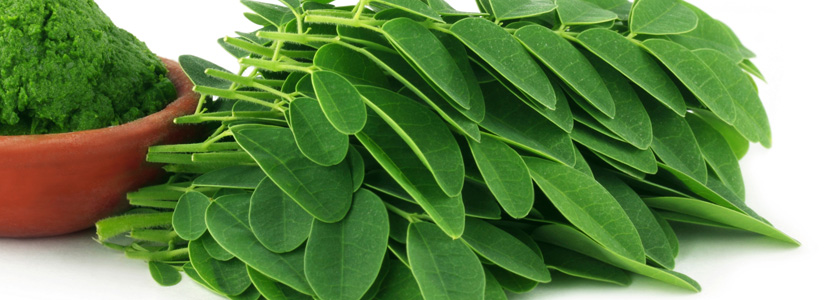Scientific research has demonstrated that including Moringa oleifera in poultry diets could improve their growth and productivity. Although all parts of the plant are used for nutritional objectives, the positive results on broilers could be due to the beneficial effects of this plant in terms of phytochemicals, minerals, and vitamins contained in the leaves.
It has been reported that Moringa leaves are rich in nutrients such as iron, protein, carotenoids, and ascorbic acids. Therefore, its use on animal feed leads to better feed intake and profitability.
Among the positive effects of Moringa oleifera leaves on poultry diets it can be highlighted:
- Antimicrobial, anticoccidial, and antioxidant effects
- Immune modulating effects
- Reduces cholesterol levels in eggs
- Better yolk color
- Produces healthy enterocytes
- Enhances growth performance and carcass traits
A study in broilers demonstrated that Moringa oleifera could “replace soybean at 25% of the total diet without negatively affecting growth performance, feed intake, and feed conversion”.
In another experimental trial, broilers supplemented with 5% of M. oleifera leaf meal during 7 weeks presented a greater feed intake. Resulting in greater weight gain, as well as presenting a more efficient feed conversion.
in laying hens, 10% of M. oleifera leaf meal has been recommended as a long-term feed additive, exhibiting better yolk color without negatively impacting the egg production rate.
Despite all of the aforementioned benefits, M. oleifera has certain adverse effects, especially associated with mineral and protein metabolism. This is due to the presence of antinutritional factors such as trypsin inhibitors, phytates, tannins, oxalates, cyanide, and saponins.
It could be conclude that:
Leaf meal has been associated with significant economic benefits, no adverse side effects, and even improved growth and product quality at appropriate dietary integration levels (5−10% in broiler diets and 10% in layer diets).
However, there is still a need for more research, in order to support a more extended use of this feed ingredient. Enabling a more widespread use in poultry diets, while reducing the adverse effects of antinutritional factors.
Source: M. E. Abd El-Hack, A. H. Alqhtani, A. A. Swelum, M.T. El-Saadony, H. M. Salem, A. O. Babalghith, A. E. Taha, O. Ahmed, M. Abdo, K. A. El-Tarabily. Pharmacological, nutritional and antimicrobial uses of Moringa oleifera Lam. leaves in poultry nutrition: an updated knowledge. Poultry Science. Volume 101. Issue 9, 2022. 102031. ISSN 0032-5791. https://doi.org/10.1016/j.psj.2022.102031.
